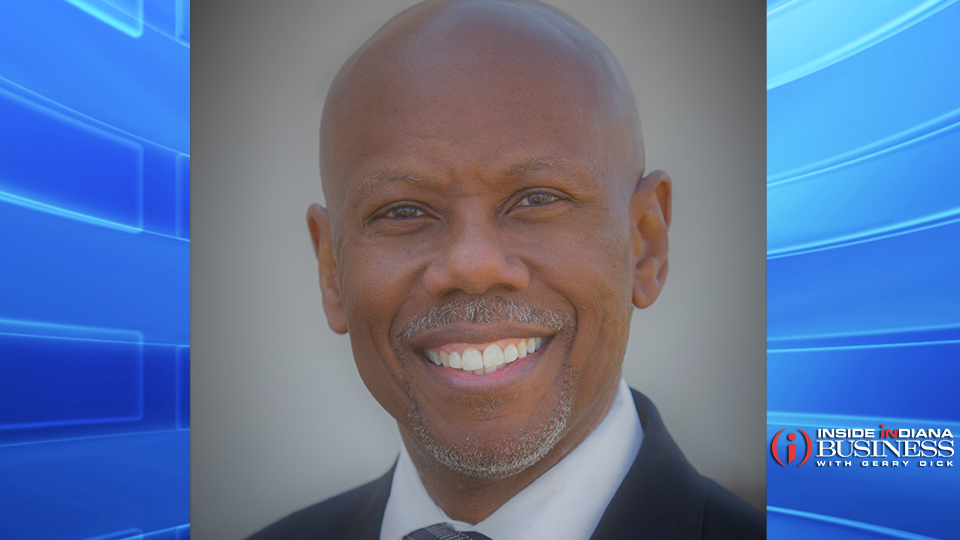Why you need to know about oral cancer
Subscriber Benefit
As a subscriber you can listen to articles at work, in the car, or while you work out. Subscribe Now
Oral cancer. It’s one of those cancers people don’t often think about. It’s also one of those cancers that has, in the past, been primarily associated with tobacco and alcohol usage … but not anymore.
Data shows it’s one of the few cancers actually increasing in numbers and percentages because of its connection to a particular strain of human papillomavirus (HPV) — HPV16, the virus most commonly associated with cervical cancer. And because HPV is present in all age groups, we are seeing increased numbers of oral cancer in younger people and also in people who are nonsmokers. Oral cancer is no longer a disease just for older men who smoke and drink alcohol.
Risk Factors and Signs
According to the Oral Cancer Foundation, close to 54,000 Americans will be diagnosed with oral or oropharyngeal (throat) cancer this year. In addition to tobacco and alcohol usage along with HPV, other risk factors pertain to gender and racial background. Head and neck cancers are more than twice as common among men as women. And it occurs at higher rates in the Black population as in Whites — with survival statistics for Blacks over five years also poorer at 33%, versus 55% for Whites. The mortality rate is particularly high with oral cancer because it is usually discovered late in its development. That’s why early detection is essential — the earlier an issue is discovered and treated, the better the individual’s chance of a positive health outcome.
And now with the increased frequency of oral cancers in younger people and in nonsmokers, it’s important for those of all ages and racial backgrounds to have a dental home with a provider who is regularly checking them for oral cancer, particularly with a soft tissue exam. Signs you can look for at home include any sore, ulcer or unexplained bump that doesn’t heal within 14 days. And check the location — if the bump or lesion is in one area of the mouth, that’s a bigger concern than if it’s in multiple areas of the mouth. Make sure to look beneath your lips and on the sides of your tongue and cheeks, along with the roof of the mouth and back of the throat. And if you find something concerning, let your dentist know as soon as possible.
Avoiding the Dentist Unfortunately, however, many people avoid going to the dentist for a number of different reasons. One of those is fear, both of cost and of pain. Oftentimes, only pain will motivate those individuals to seek dental care — and by then, it’s usually too late. By the time a patient is experiencing dental or oral pain, the options for treatment are far fewer. Therefore, we want to encourage people to begin embracing the concepts of prevention and heading to the dentist before the pain starts.
Another reason patients avoid the dentist is the lack of dental care providers who speak their language — both literally and figuratively. According to the American Dental Association Health Policy Institute, ethnic and racial diversity among dentists does not mirror that of the U.S. population. Black and Hispanic dentists are significantly underrepresented, while Asian dentists are significantly overrepresented. Over time, the dentist workforce has diversified, but most of that diversification is due to more Asian dentists. The share of dentists who are Black, for example, has not changed at all.
The Importance of a Dental Home
We need to continue to advocate for increasing the numbers of dentists who are ethnically and racially representative of the population as a whole — understanding that data shows health outcomes are better in general when the health care provider and patient are the same ethnic background.
As the dental director at MHS, I work to ensure our MHS members are connected to the resources they need for good health care, helping them navigate our robust provider network and making sure they are aware of the dental services we offer. It’s important to know what kind of dental care your health care insurance covers so you can take advantage of those benefits, including X-rays, cleanings and other dental services.
Having a dentist you trust and feel comfortable with is so important when choosing your dental home. Your partnership with your dental care provider will help in the early detection and treatment of oral conditions like oral cancer and also set you up for a lifetime of good oral hygiene and healthy smiles.
